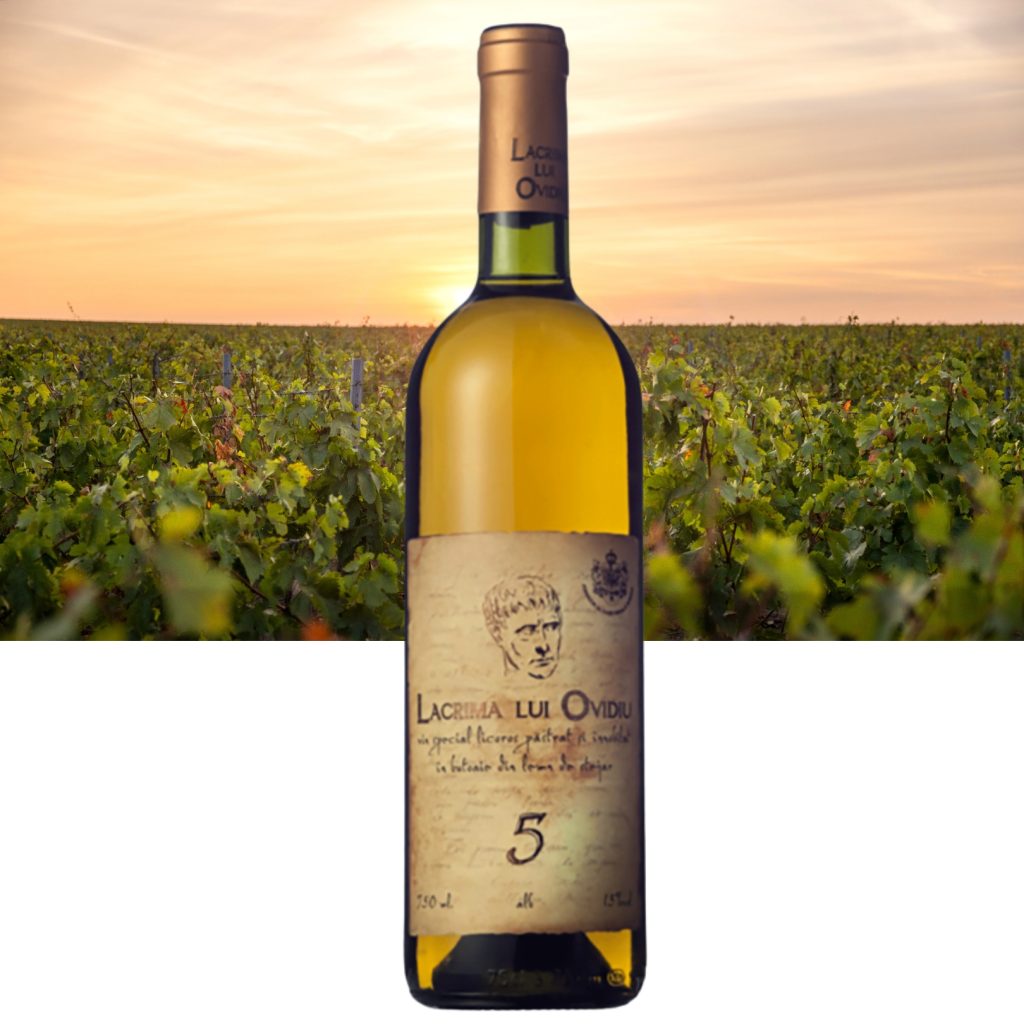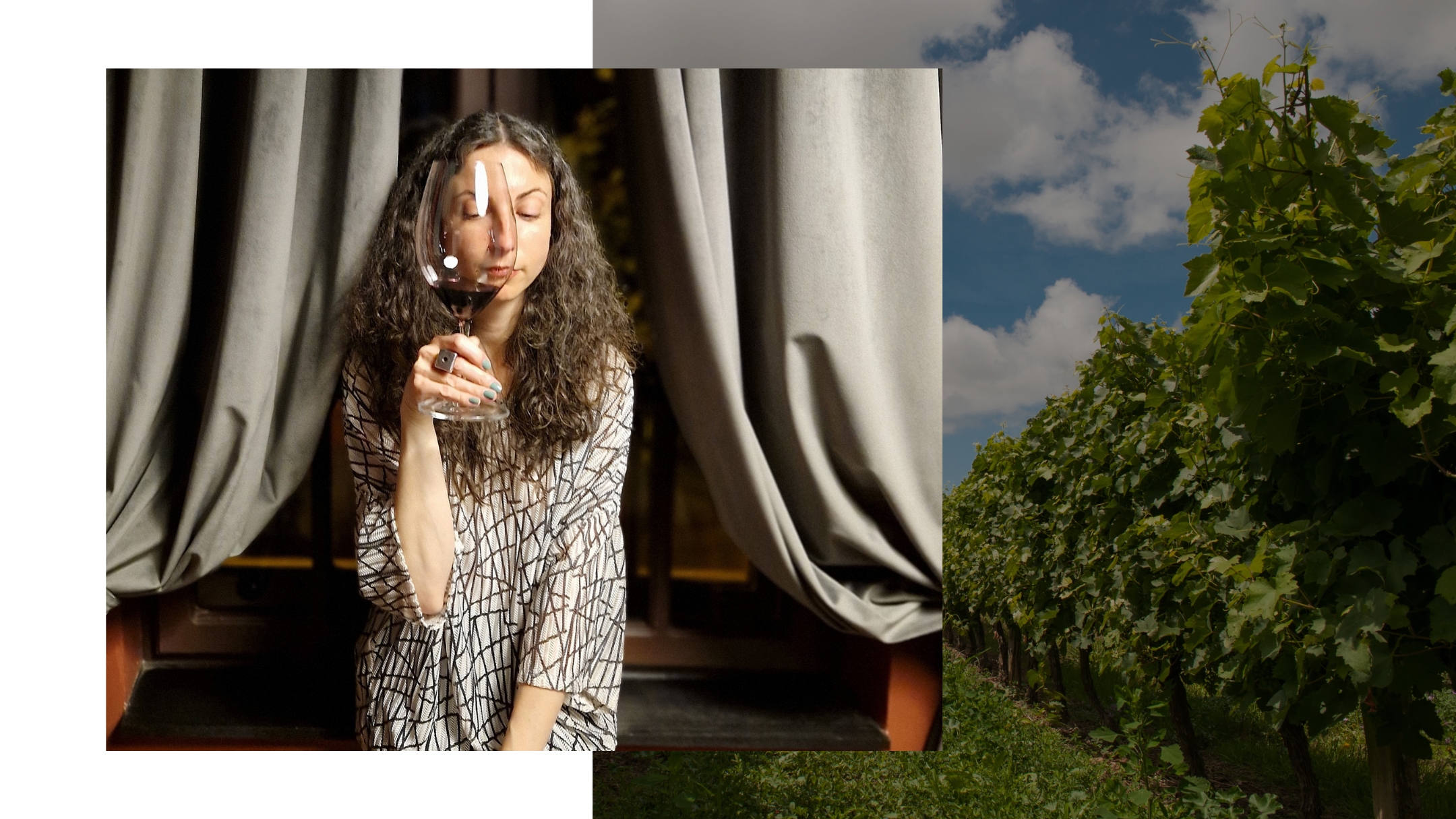That’s the running joke in my old friend group, and it refers to all the dubious bottled stuff we drank in our youth. Not because we had any masochistic inclinations, but because that’s what the alcoholic offering looked like during the late Cretaceous period in which we lived our student years and the early days after. And the smoke- and decibel-filled nights we spent in places like Club A or Backstage had three common denominators: cheap beer, Lacrima lui Ovidiu (Ovidiu’s Tear, a sweet fortified wine), and Busuioaca de Bohotin. At the time (late ’90s – early 2000s), that was pretty much the peak of sophistication one could afford – financially, socially, and commercially. Lacrima and Busuioaca were my faithful companions at concerts by Timpuri Noi, Holograf, Vița de Vie, and Taxi; at birthday parties without cake or candles, but at ages I now look back on with infinite tenderness; at wild laughing and dancing sessions that only ended at sunrise.
Since those days, things have changed (thank heavens!) drastically. I wouldn’t drink Lacrima lui Ovidiu even when looking down the barrel of a gun someone points at me. But with Busuioaca, it’s a completely different story. The God of wine lovers has made it so that, “nowadays,” you’re no longer stalked by diabetes with every cork popped from a bottle of the stuff. Simply because this grape variety is now vinified – in some cases, admirably – in dry versions. The one from Strunga Winery or the one circulating under the code name Colocviu la Paris (crafted by Cotnari) are two I’ve tried. I plan to expand the “comparative study” at least with the Diamond version from Domeniile Averești. Or, why not, to cross the border with the proposal from our Moldovan brothers at Poiana. For the sake of the times when Busuioaca meant a mildly alcoholic compote. Just so I’ll have more reasons to laugh, and more stories that start with “Remember when…?”

Wines of Romania’s Note:
"Lacrima lui Ovidiu" has had an adventurous journey – from a wine reserved for the elites to the go-to wine in ’90s clubs. Then, due to high demand, it ended up being produced in Spain at a questionable quality, after which it gradually fell out of public favor. With the return of the Murfatlar Vinul company to the scene, Lacrima lui Ovidiu is once again a wine with Controlled Designation of Origin (DOC) Murfatlar.
As for Busuioaca de Bohotin and its storybook destiny – from “the innkeeper’s wine” to the brink of disappearance and then its miraculous rebirth in the vineyards of Domeniile Averești — we told that tale in detail in the episode “At 18, freedom was as sweet as a Busuioacă,” written by Ioana Cristina Szabo.
About the author:
Diana Popescu is a writer and journalist with over two decades of experience in cultural journalism. She has worked for Adevărul and Gândul, and for seven years she was the producer of the cultural show DIGICULT on Digi24.
She has been hosting the cultural podcast Cronicari Digitali since 2020, the same year she published a children’s book. In 2024, she released a volume of stories and people encountered on Bucharest’s public transport, and you can often find her in the circles of wine and gourmet enthusiasts.
About this column
The Wine of Youth is a series of stories about the first wines that introduced us to this fascinating world – at the legal drinking age. Even if we no longer drink those wines today, or some no longer exist, they remain tied to some of the most captivating moments of our lives. After all, those years are, in many ways, the ones that shape us as individuals and define our values.
At Wines of Romania, we aim to rediscover these wines – and the values they represent – through your stories, retracing the journeys we’ve taken from then to now, both as people and as wine lovers.
We invite you to share your story with us at info@winesofromania.com.







